5 Reasons Walking Might Beat Running After 50 (and 3 Reasons It Might Not)
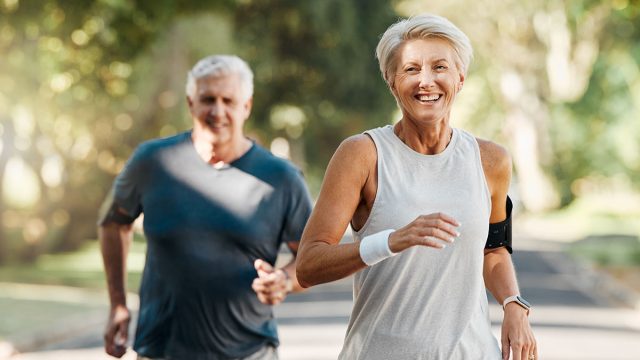
Are you over 50 but aren't sure whether you should be walking or running to stay in shape or lose weight? "Movement is the most effective tool to create a long, active, healthy life. Walking, running, hiking, etc. are all amazing opportunities to fine-tune our cardiovascular system," explains Katya Campbell, GM/Fitness Director, Mountain Trek Health Reset Retreat. So which one is better? Here is everything you need to know about walking versus running over 50.
Movement Is Key for Health
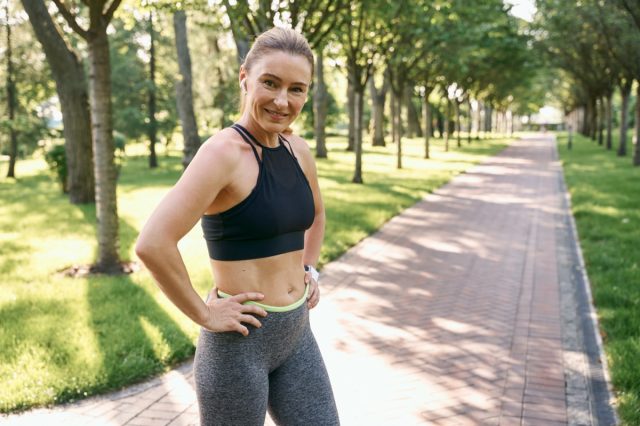
"When we move, we decongest the body. This is why doctors want us moving after surgery to help reduce inflammation and drain acute injury sites. By moving, we circulate blood, trigger lymphatic drainage, and activate our primary glucose disposal tissue: muscle," explains Campbell. She points out that the risk of not moving is far greater than any risk associated with these modalities.
There Are Two Types of Muscle Fibers
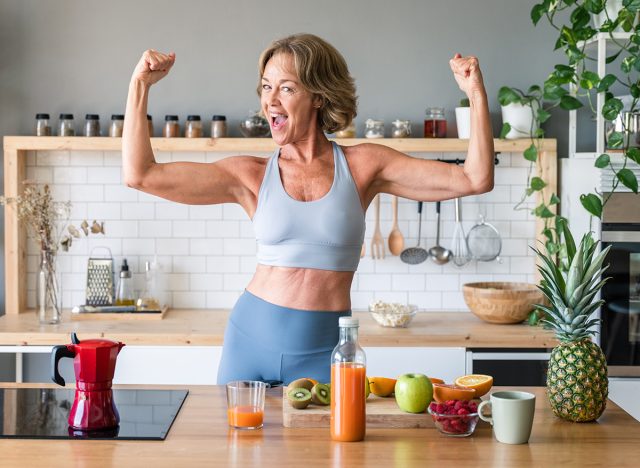
"We have two types of muscle fibers in the body, slow twitch (or type 1) and fast twitch (type 2). Interestingly, slow twitch fibers are more prevalent in women's bodies than men's. The bad news is, as both men and women lose muscle as they age (3-8% after the age of 30 if we are not actively working to maintain it), the kind of fibers we lose is primarily fast twitch. This means women, who are already in a deficit of these kinds of fibers, are now at even greater risk of losing them," she says.
Walking Is Lower Intensity
"Walking is a perfect gentle approach to exercise," explains Samantha Clayton, certified fitness trainer, personal and group trainer, AFAA, ISSA, NASM. "Its benefits are vast—improving heart health, mobility, and mental well-being, just at a lower intensity. It's easier on the joints and is a perfect starting point for those who have been sedentary. Walking is also an excellent way for runners to ease back into activity after an injury or a break," she says.
Running Is High-impact and Is Great for Cardio
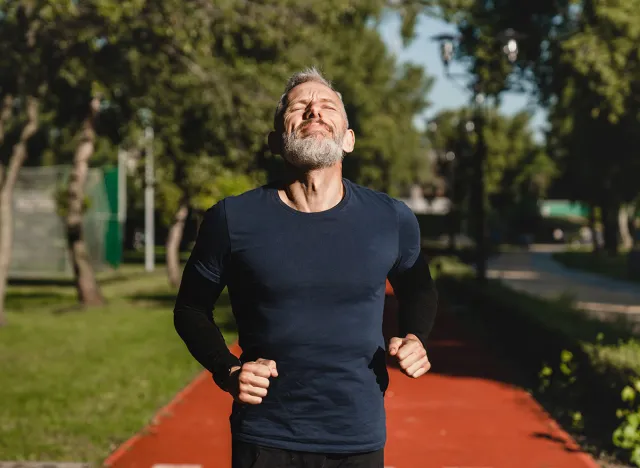
Running is also effective. "Running is high-impact by nature, but it's also a fantastic exercise for promoting bone and joint health, building muscle, and working the cardiovascular system. It can help maintain strength and endurance well into older age," she says.
If You Aren't a Runner, You Might Want to Consider Sticking with Walking

However, if you don't have a lot of experience running, it might not be a great idea to start post-50, says Clayton. "If someone has always been a runner and isn't experiencing any physical concerns, there's no reason they can't keep running at any age," she says.
Running Burns More Calories in Less Time, But You Can Walk for Longer
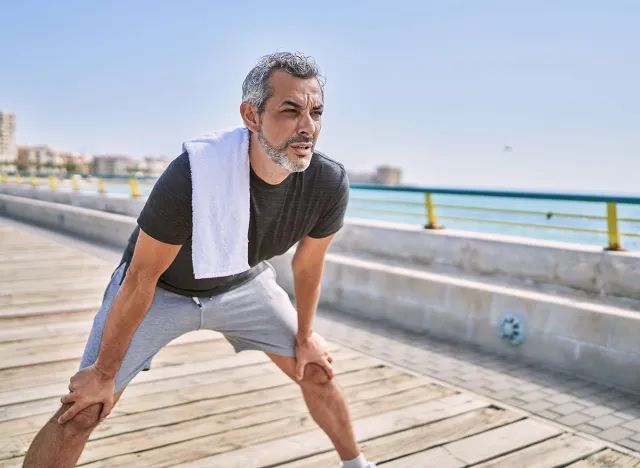
However, there are benefits to both. "While running burns more calories in less time, walking allows for longer durations, helping to achieve similar calorie-burning goals over time," Clayton says.
RELATED: I Lost 110 Pounds: Here Are the 19 Most Unhealthy Junk Foods I'll Never Touch Again
Strength Training Is Another Option
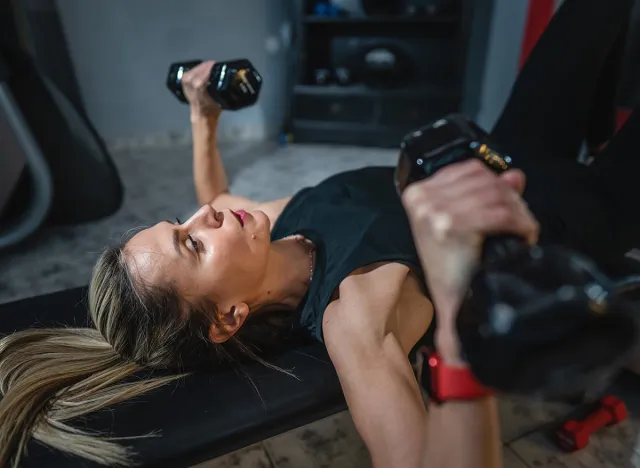
Campbell adds that high-intensity work and strength training are key when it comes to building and maintaining fast twitch muscles. "So while I love walking and believe it is one of the best health hacks we have, I do recommend that as we age, we consider adding higher intensity/high impact exercise," she says.
Build Up Your Workouts Slowly
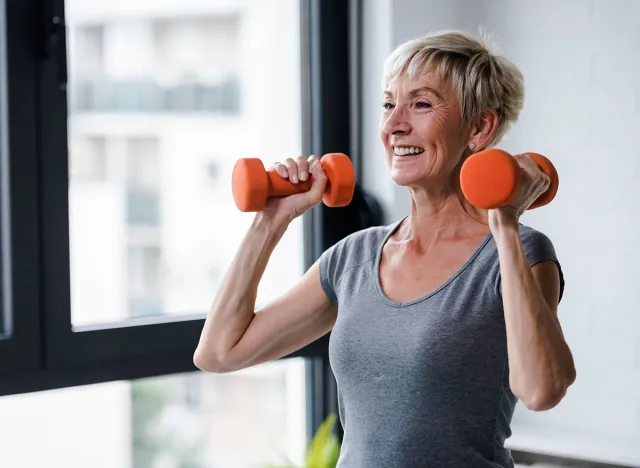
"Things like plyometrics, sprint training, and strength training are all incredible ways to build those fibers. Some risk factors to consider when taking up things like running/plyometrics is just like starting any program in which you titrate the stimulus slowly in order to build the musculature to support the frame and the movement," Campbell says.
Walking Is Gentler on the Body
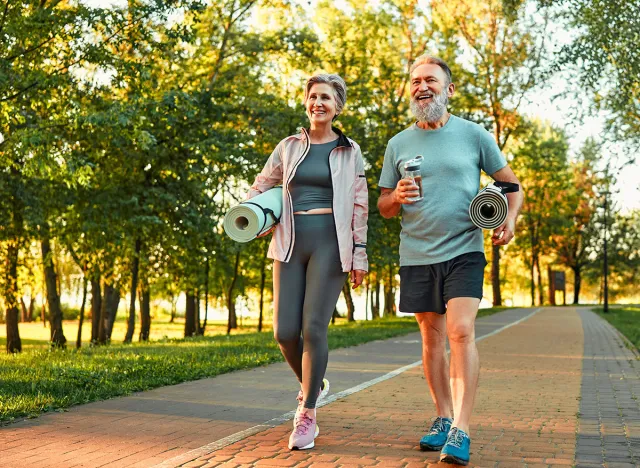
"If you have a history of chronic knee injuries, hip injuries, or lower back pain, running may be too much of a sustained exercise, and I'd recommend considering other ways to incorporate sprint training. This could be something like a 30-second hard sprint on a rowing machine, followed by 1 minute of rest repeated 6 times. The wonderful thing about walking is there is very little risk and so much benefit, particularly when done in nature," adds Campbell.
RELATED: 7 Proven Habits of People Who Lose Weight and Keep It Off
Bottom Line: Any Movement Is Better Than No Movement

"Ultimately, the best option is what feels right for the individual. Age is just a number. It's about what your body is comfortable with and what you enjoy doing consistently," Clayton concludes. "Any movement is good movement, and it's always better than no movement," adds Campbell. "Walking or running are both wonderful ways to improve your fitness and mental health. Ultimately, the more variety we can put into our training and life, the better, so choose consistency over perfection and get moving!" And if you enjoyed this article, don't miss 12-3-30 Walking Method: 20 Proven Tips to Lose Weight Faster.




